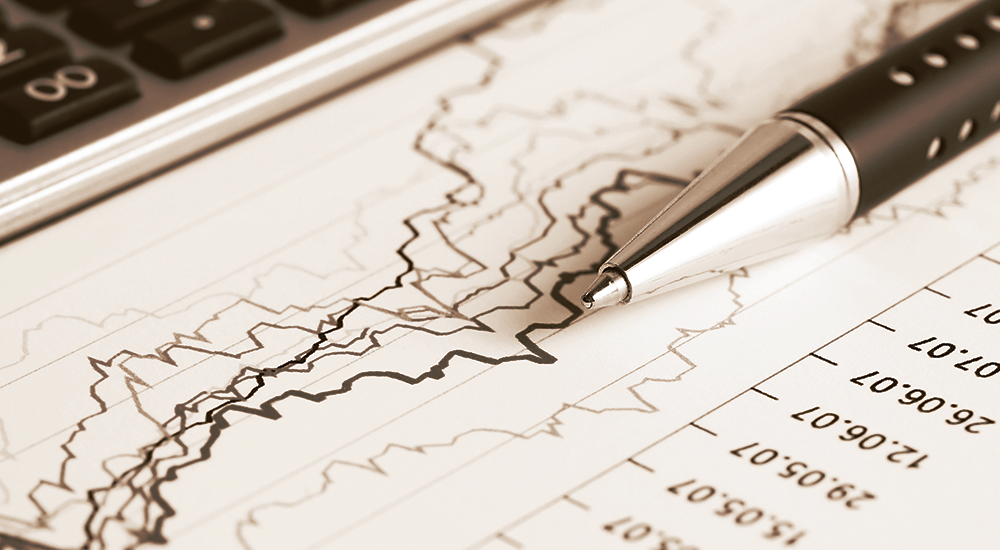
The equity components of our client’s portfolios are currently enjoying dividend yields (gross) above 3%. There are large variations in yield within the portfolios, with some companies paying dividends that yield over 6% and some not paying a dividend at all.
Dividends have provided a significant component of total returns over the long-term. Some studies show that over the very long term, dividends have contributed more than half of the total returns for broad equity portfolios.
Given the importance of dividends to the total return of a balanced portfolio, we thought it useful to provide a brief overview of dividends and how dividends can function as an important signaling device.
Explanation
Dividends are payments made by companies to their shareholders from their current or retained earnings and usually on a regular basis. A company’s ability to pay steadily increasing dividends is seen as a sign of financial and operational strength and stability. Large, mature, profitable companies with solid cash flows typically pay dividends as part of their capital policy. However, high-growth companies often do not pay dividends because they believe cash generated from their operations is better used to invest in their business, driving continued growth.
Companies capable of generating an attractive return on equity are more likely to generate more value for shareholders over time by investing in organic growth, rather than returning that cash to shareholders who then need to find other attractive investment opportunities.
Most managements are careful to increase dividends only when they are confident those new levels can be maintained. If a company with a history of steady dividend payments suddenly cuts its dividend, even if to pursue growth initiatives, the market will likely interpret this as suggesting the company’s financial health is deteriorating.
There are three metrics which are commonly used to describe, or assess, the sustainability of a company’s dividend policy:
Dividend yield is calculated as the annual dividends paid per share divided by the current share price. It measures the amount of income received in proportion to the share price over a one-year period – either the last twelve months, or the current fiscal year typically.
Dividend coverage ratio is calculated by dividing a relevant earnings metric by the dividends paid to shareholders. It measures the sufficiency of earnings (or a related measure such as distributable cash from operations) to cover expected dividend payments. A higher ratio suggests that the Company can maintain dividends even if earnings were to suffer, while if the ratio is under 1x, the dividends are being paid out of earnings earned from prior years (or increased borrowing), and may be not sustainable. This ratio is more often considered when dealing with structures that are required to or historically pay out most of their earnings in dividends, such as REITs, MLPs or lower-rated companies with modest earnings growth.
Payout Ratio is essentially the reciprocal of the above, and reflects that percentage of earnings that are being paid out to shareholders as dividends. Mature companies are often paying out more than 50% of their earnings as dividends.
Dividends are a key metric in some valuation methodologies, although that is a bit complicated for this discussion.
Investing in stocks with an attractive dividend yield provides both income and supports the possibility of future capital gains. Dividend-paying stocks often offer more stable returns and demonstrate a lower than average market risk (or lower Beta), in part because large, mature companies with attractive dividends typically have solid balance sheets and steady cash flows.
But there are limits to this. Managements are not likely to deliberately set a dividend that results in a yield higher than 5 – 6%. When you see dividend yields higher than that, it is more likely that the share price has declined since the dividend payments were set and management wants to maintain dividends so as not to signal weakness. Therefore, very high yields are often seen as flagging deteriorating underlying financial conditions with the likelihood of a dividend cut in the offing.
During the current economic recovery, companies (particularly those in North America) have materially increased the amount of capital returned to shareholders by purchasing their own shares in the market. While capital is actually returned only to those shareholders selling to the company, the total number of shares outstanding are reduced, providing the remaining shareholders with a slightly higher participation in future earnings and cash distributions.
Companies and commentators sometimes combine the amount spent on share buybacks with that paid out as dividends, to describe a total shareholder return yield. While this clearly overstates their equivalence, and we caution clients not to make that comparison, share purchases send many of the same positive signals as do sequentially higher dividend payments and will be discussed in a separate posting.
Click here to download a PDF version of this article.




Recent Comments